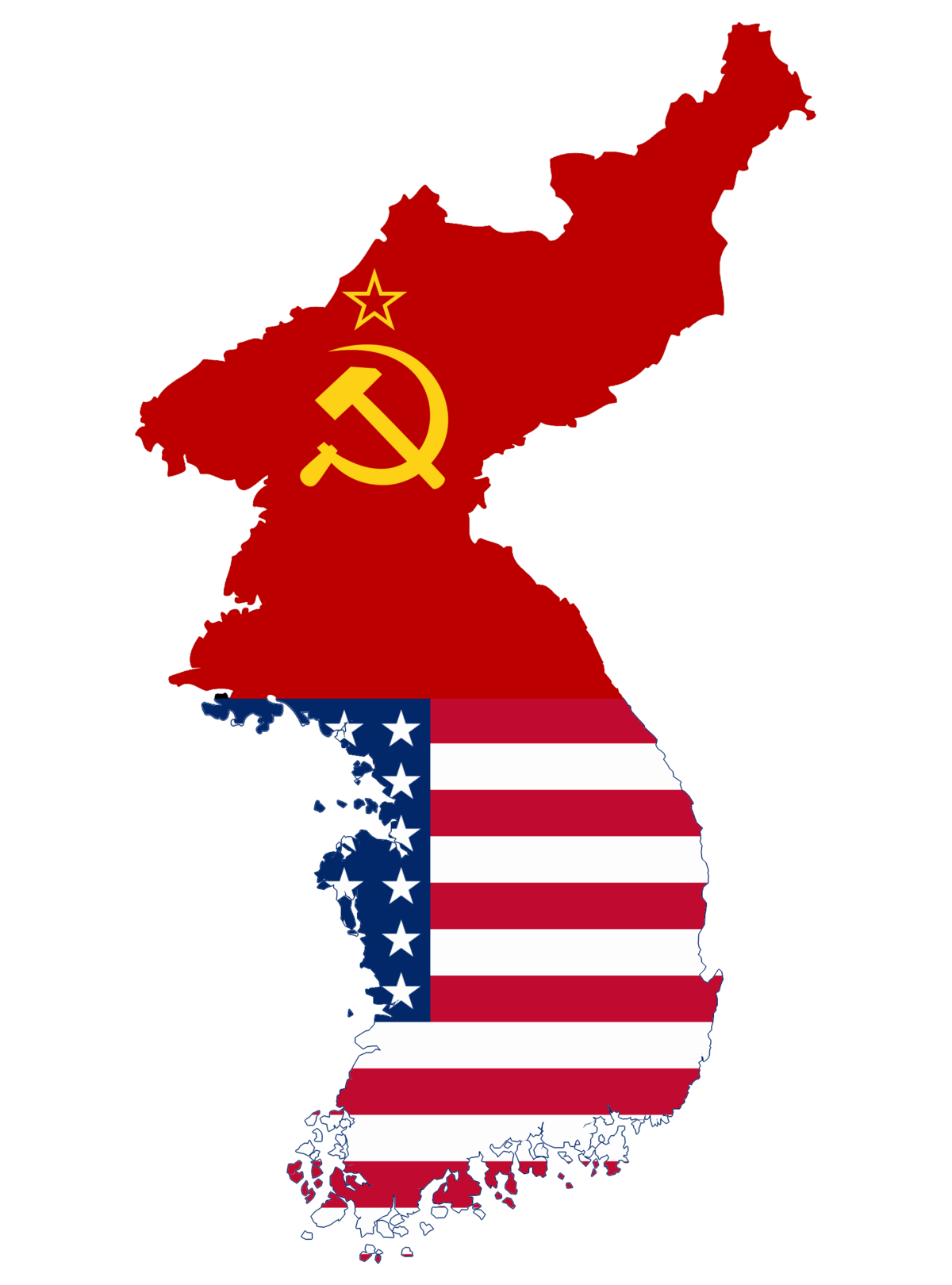(Korean War HistoryThe Division of Korea, 1945-1948, Post #3
Dr. Kathryn Weathersby
.png)
At the Potsdam Conference of July 1945, as the American military leadership easily reached agreement with their Russian counterparts that Soviet ground forces would be responsible for defeating Japanese troops in Korea, President Truman’s political advisers began to express their concerns about the implications of such action. The problem was that after the Red Army defeated German forces in Poland, it had installed a pro-Moscow government, in violation of the agreement the allies had made that they would guarantee free elections for liberated Europe. Poland was similar to Korea in that Moscow saw it as an important buffer zone. Because of its location, it was the invasion route from Germany to the Soviet Union, just as Korea was the land bridge for Japanese invasion of mainland Asia. Therefore, American diplomatic officials feared that Soviet occupation of Korea would be “the Polish problem transplanted to the East.”
Now, we might ask why the Americans cared whether the Soviets set up a pro—Moscow government in Korea. After all, before the war the US had never objected to Japanese domination of Korea, and during wartime negotiations had never shown any interest in gaining control over the peninsula. The reason for this new American concern over Korea’s political future was that by late summer of 1945 it had become clear that wartime cooperation with the Soviet Union would soon be replaced by a return to the ideological hostility and geopolitical rivalry that had marked Moscow’s prewar relations with Britain and America. This time, however, the Soviet Union would be far stronger militarily. Moreover, the conduct of the Red Army in Eastern Europe indicated that the USSR was preparing for the coming conflict by greatly expanding the territory it controlled along its border.
As American strategic planners looked to the coming conflict with the USSR, they considered how forces might align in a war with the Soviets. They identified the possible sources of large-scale war-making capacity. In the aftermath of World War II there would be only five: the US, UK, USSR, Germany, and Japan. The defeated former enemy states were badly damaged from the war and their armies would be disbanded during postwar occupation. However, their basic war-making capacity would remain and could be revived. Therefore, the most important question was whether Germany and Japan would join the Soviet side. It would be hard enough for the British and Americans to fight a war with the Soviet Union, but if Moscow had German and/or Japanese resources on its side, it might be impossible to defeat it.
Within this view of the postwar world, the possibility of a Soviet-controlled Korean peninsula became important because such an outcome could make it more likely that Japan would fall under Moscow’s control. If the Red Army dominates Korea, this would encourage the Japanese Communist Party and could lead the Japanese population to assume fatalistically that the Soviet Union would sooner or later take over Japan as well. Moreover, it would put Soviet armed forces within easy striking distance of southern Japan.
For the United States, preventing the Soviet Union from taking control of Japan was the most important goal in the Far East. Consequently, as soon as Washington received word from Tokyo that Japan was going to surrender, American military and political leaders immediately reconsidered the agreement the US had reached at Potsdam that placed Korea in the Soviet zone for ground operations. Soviet forces had already moved into northern Korea, but the US wanted to prevent them from occupying the entire peninsula.
Therefore, as the State-War-Navy Coordinating Committee met at the Pentagon late into the night on August 10 to draft General Order Number One that would govern the surrender of Japanese forces, they decided to include a provision that American forces would occupy at least a portion of Korea. Colonels Dean Rusk and Charles Bonesteel were sent to the map room to formulate a proposal that would satisfy American concerns while taking into account how long it would take US forces to reach the Korean peninsula. They recommended creating two occupation zones divided at the 38th parallel, which would place Seoul in the American zone, even though this line was further north than US forces could reach if Moscow refused to accept the new plan. The State-War-Navy Coordinating Committee accepted this proposal and included it in the draft of General Order Number One they immediately sent to Moscow for Stalin’s approval.
To listen to the audio version of this article click on the play image.

Brought to you by @tts. If you find it useful please consider upvote this reply.
great post..thank you..
thank you for dropping by
I will be going to Korea in a few months time and plan to go to the DMZ, so this series serves as a great background. Thanks
visiting DMZ will be a nice experience for you
🤦🏾♂️
welldone
thank you